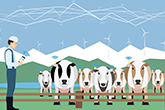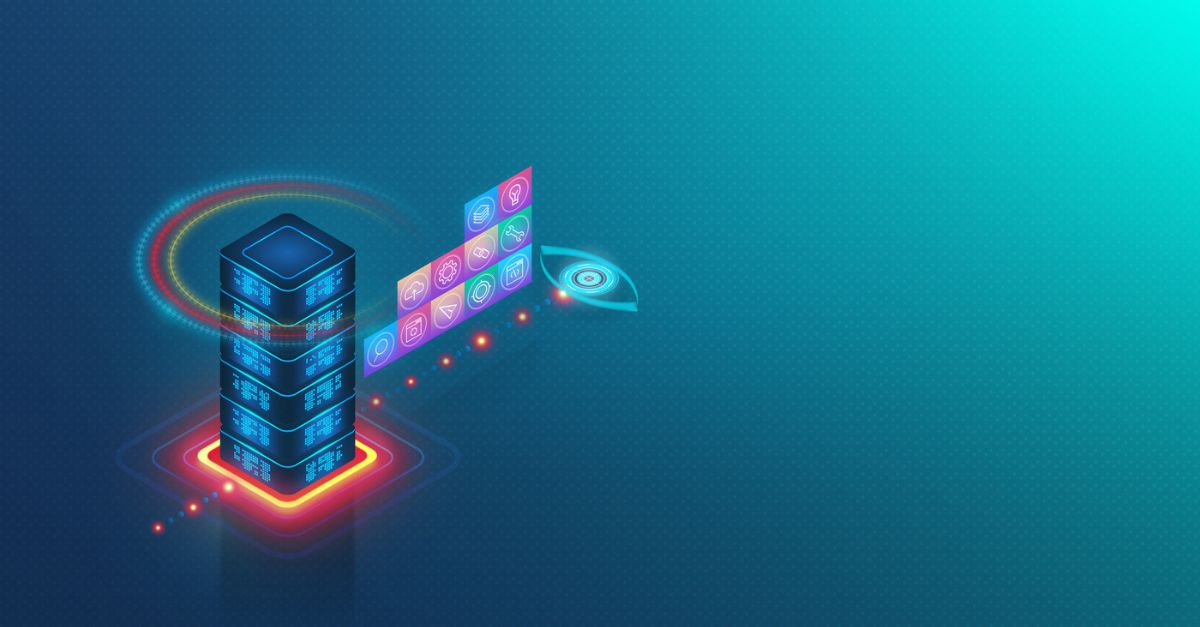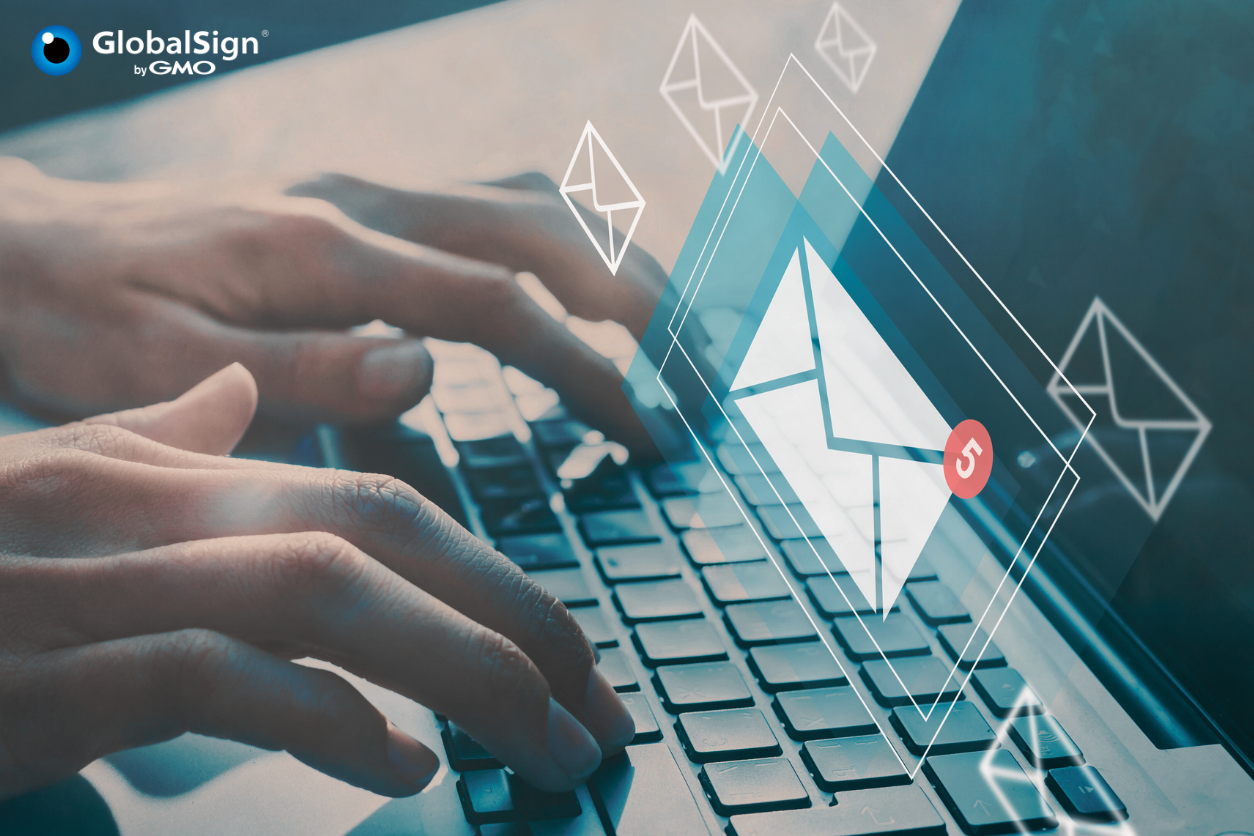The Internet of Things (IoT) continues to disrupt everything from cars to toys to home appliances.
But the IoT has also had a tremendous impact on industries, especially farming. In fact, a new survey of more than 1,600 farmers by market research firm Alpha Brown estimates the number of US farmers using the IoT at 250,000 and that more than half of them are interested in purchasing agricultural IoT solutions.
Farmers already taking advantage of the technology are getting better at tracking things such as livestock and cereal crops. The study also notes the IoT’s usefulness for conducting smaller tasks, such as those carried out in dairy, vegetable and fruit farming and in greenhouses. The fact that more farmers are implementing IoT technology is no surprise as it can have a powerful impact for them. Let’s take a deeper look at four specific areas of agriculture where IoT solutions are being deployed.
Cattle
By using tracking collars, farmers now have a much better way to track cattle for health, feeding, safety and more. Or they can determine the location of cattle in real time. Later, a data storage system can record this information in a database to ultimately form a baseline model of their movements during a given time period. Applying intelligent algorithms on these patterns help identify if a cattle’s movements are irregular, or if one or more animals are separated from the herd, which usually occurs if they are sick or injured.
This solution can easily be implemented by using small IoT trackers that communicate over an IoT network like Wi-SUN or other WANs. One could then have networking towers distributed across the fields to cover a large area. This information is then exposed to the farmer or rancher via a web portal or smartphone application, thus making it easy from them to consume it.
Precision Farming
Precision farming is another booming segment of the IoT in agriculture. It is bringing, and will continue to bring, greater control and precision to farming. Born out of GPS guidance for tractors, precision farming is now practiced on a global scale. Here are some examples of how it’s revolutionizing the industry.
- Battery operated soil sensors collect information regarding its nitrogen content and report this back on a periodic basis.
- Irrigation sensors measure the water level and automatically inform the irrigation and sprinkler system.
- Flood sensors monitor water levels as well and can be set to automatically turn off the valves that are responsible for to avoid over-watering the plants, while simultaneously sending an alert to a specified email.
- Farmers can also collect data on fertilizer and pesticide necessary for their fields.
- Finally, a freeze sensor can sense, and automatically alert users, when weather conditions lead to frost that might harm sensitive plants.
Drones
These are another growing segment of IoT use in agriculture. Disease, and the ease of which disease spreads amongst crops, is a real cause for concern as this directly impacts crop yield, which again speaks to concern about the very real need to grow enough food for an increasing population. Preventing disease is the main goal, but an easier and more realistic goal is to immediately identify, isolate and remove affected crops.
Surveillance drones are one way to accomplish this. Housed at a base station on a farm, drones can make automated, periodic patrols to capture imaging data on a particular crop. Then by using image recognition algorithms, a farmer can determine which areas of a crop is adversely affected. Tagged images are correlated with drone GPS, providing very detailed information. The data is assimilated from various drone recordings, analyzed and then reported to the farmer, who can then take necessary steps to correct a problem. It is worth noting the entire process from launching the drones, navigating them, capturing data, analyzing it and reporting is completely automated.
Smart Greenhouses
Greenhouse farming aims to improve the yield of vegetables, fruits, crops etc. However, greenhouses are known to be energy intensive. Not surprisingly people have been looking for a way to reduce their electricity costs. By building smart greenhouses, their operators could both save money and reach their farming goals.
For example, a smart greenhouse equipped with IoT technology can control the environment or cloud servers can remotely access the greenhouse’s IT system when it is connected, eliminating the need for constant manual monitoring as well as enabling data processing --- leading to improved cost savings.
Based on research projections, it appears that greater numbers of farmers will be relying on the IoT in the years to come. Out of that they’ll gain many efficiencies, increase production yields, reduce manual tasks and much more.
GlobalSign’s IoT team is now working with companies in the smart farming marketplace, providing PKI-based solutions that will help farmers gain better understanding of their herds. We will be sharing this and other IoT stories in the coming days.






